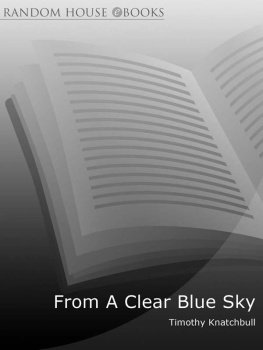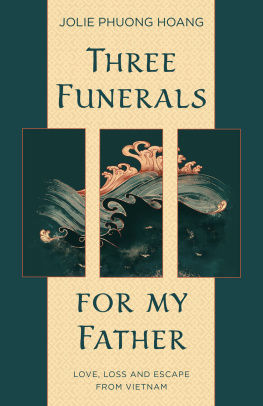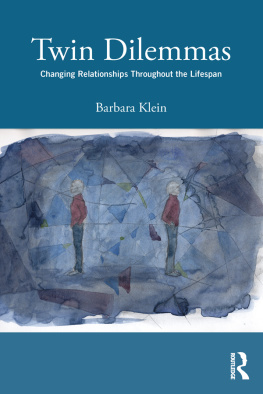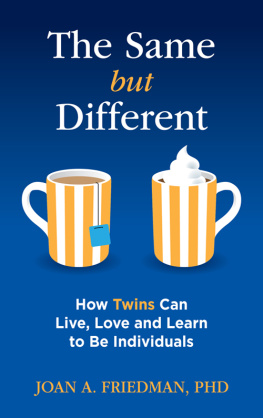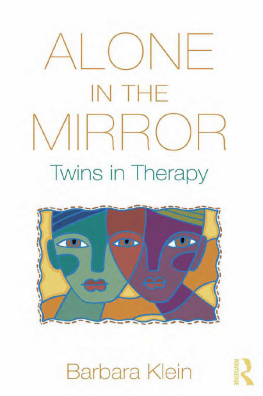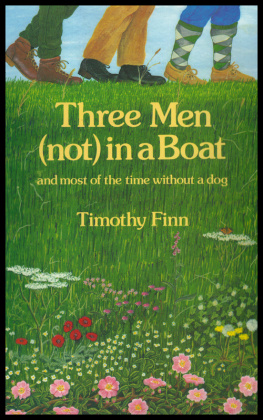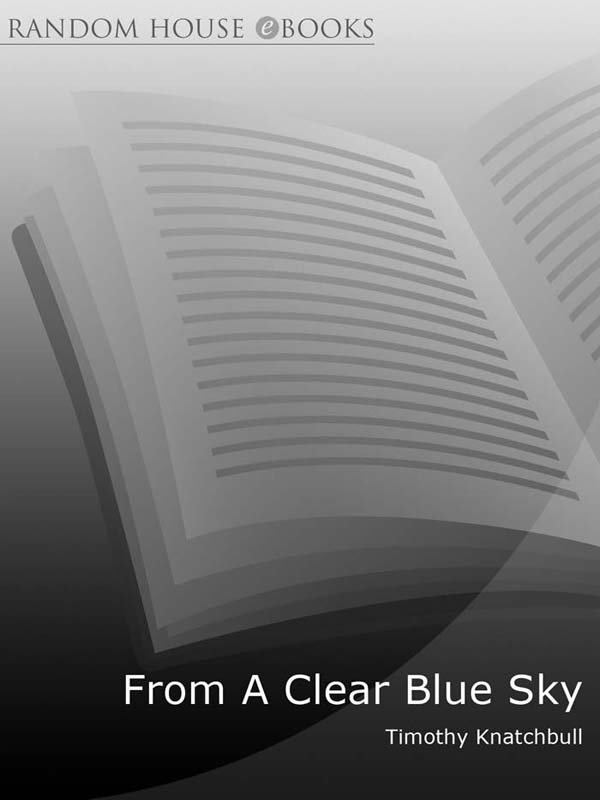FROM A CLEAR
BLUE SKY
Timothy Knatchbull
HUTCHINSON
London
This eBook is copyright material and must not be copied, reproduced, transferred, distributed, leased, licensed or publicly performed or used in any way except as specifically permitted in writing by the publishers, as allowed under the terms and conditions under which it was purchased or as strictly permitted by applicable copyright law. Any unauthorised distribution or use of this text may be a direct infringement of the authors and publishers rights and those responsible may be liable in law accordingly.
Version 1.0
Epub ISBN 9781407089263
www.randomhouse.co.uk
Published by Hutchinson 2009
2 4 6 8 10 9 7 5 3 1
Copyright The Honourable Timothy Knatchbull 2009
Timothy Knatchbull has asserted his right under the Copyright, Designs and Patents Act 1988 to be identified as the author of this work.
This book is a work of non-fiction based on the life, experiences and recollections of the author. In some limited cases names of people have been changed to protect the privacy of others. The author has stated to the publishers that, except in such minor respects not affecting the substantial accuracy of the work, the contents of this book are true.
Every effort has been made to contact all copyright holders. If notified, the publisher will be pleased to rectify any errors or omissions at the earliest opportunity.
This book is sold subject to the condition that it shall not, by way of trade or otherwise, be lent, resold, hired out, or otherwise circulated without the publishers prior consent in any form of binding or cover other than that in which it is published and without a similar condition, including this condition, being imposed on the subsequent purchaser.
First published in Great Britain in 2009 by Hutchinson Random House, 20 Vauxhall Bridge Road, London SWIV 2SA
www.rbooks.co.uk
Addresses for companies within The Random House Group Limited can be found at: www.randomhouse.co.uk/offices.htm
The Random House Group Limited Reg. No. 954009
A CIP catalogue record for this book is available from the British Library
ISBN 9780091931469 (Hardback) ISBN 9780091931476 (Trade paperback)
The Random House Group Limited supports The Forest Stewardship Council (FSC), the leading international forest certification organisation.
All our titles that are printed on Greenpeace-approved FSC-certified paper carry the FSC logo. Our paper procurement policy can be found at www.rbooks.co.uk/environment

Typeset in Goudy by Palimpsest Book Production Limited, Grangemouth, Stirlingshire
Printed and bound in Great Britain by Mackays of Chatham, Chatham, Kent

CONTENTS
For Isabella
to whom I owe everything.
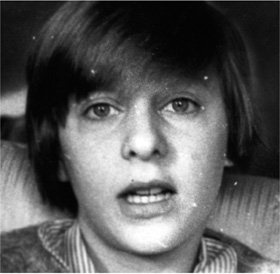
Nicholas, photographed at home, before we set off for Ireland, August 1979.
The great events of world history are at bottom profoundly unimportant. In the last analysis the essential thing is the life of the individual. This alone makes history, here alone do the great transformations first take place, and the whole future, the whole history of the world ultimately spring as a gigantic summation from these hidden sources in individuals. In our most private and most subjective lives we are not only the passive witnesses of our age, and its sufferers, but also its makers.
C. G. Jung
PREFACE
We all have a car crash in our lives. To date I have had one; it happened to be a bomb. I was a boy at the time, on a small boat in Ireland. Three of my family and a friend died in the explosion. One of the dead was my identical twin brother Nicholas. My parents and I were the only survivors.
Over a period of months I pieced together a daily routine without my twin. I was pleased to demonstrate to my parents that I was able to cope, but later I found that the bomb had left me with a legacy of mental and emotional wounds which refused to go away. I kept these to myself. After more than twenty years I finally decided to try to heal myself. By then I had come to two conclusions: first, I could not do this alone; second, I needed to return to the place of the murders and confront painful truths from which I had been shielded as a boy.
With a series of visits spanning a year I pitched myself back into an intensely frightening episode in my life. It was at times a horrible and painful process but through it I entered a new stage of healing. My symptoms started to fade and I found a sense of inner peace that I had lost the day Nicholas was killed. It was not simply his death which so devastated me. It was the suddenness of it; the violence of it; and my own inability subsequently to discover what had happened to him, or to make any sense of it, or to grieve for him.
By returning to Ireland and piecing together the story, I reconnected to feelings which I had briefly felt but which I had not been able to resolve as a child. This allowed me to undergo a vital process which had escaped me as a boy: the letting go of my continued emotional attachment to Nicholas. Put simply, I said goodbye.
Before setting out on the journey, I was frightened. My fear was that by returning and seeking the truth I might do more harm than good. Had I learned from someone else who had trodden a similar path I would perhaps have started my own journey earlier and found a more direct route. This has motivated me to share my story with others who have suffered trauma or grief. The book is an account of the path I took. I hope it will encourage others to find their own.
My story is a description not a prescription. I do not pretend to offer answers but I hope the validity of the questions raised will be evident. Where I cause harm or upset by what I have written or left unwritten, or by mistakes honestly made, I apologise.
There will no doubt be more difficulties for me to face in future; hopefully I will do so better prepared as a result of the journey and the subsequent healing which I describe in these pages. It is the healing that counts, and in this I think there are elements that are universal.
The bomb exploded in Ireland during the Troubles which killed over 3,500 people. By 2001 the killing had stopped and the political climate had changed enough for me to contemplate returning. I knew that by doing this I might arouse strong feelings in the area where the attack happened. Some would be pleased to see me back; some no doubt would resent me; for others I would simply be a reminder of a painful episode which had faded with the years. I therefore proceeded cautiously, and more often than not I found a warm welcome.
The bomb was the work of the Irish Republican Army, the islands predominant paramilitary force. It is therefore inevitable that the IRA features heavily in the story, rather than other paramilitaries, the British Army or any of the other forces involved in the violence in Ireland. I recognise that as a picture of the Troubles, my account will be highly incomplete; but I did not return to Ireland to analyse the Troubles. I went to engage in a human process, not a political one. I went to understand my twins death. Gaining a basic understanding of the IRA was one of a series of necessary steps towards that.

